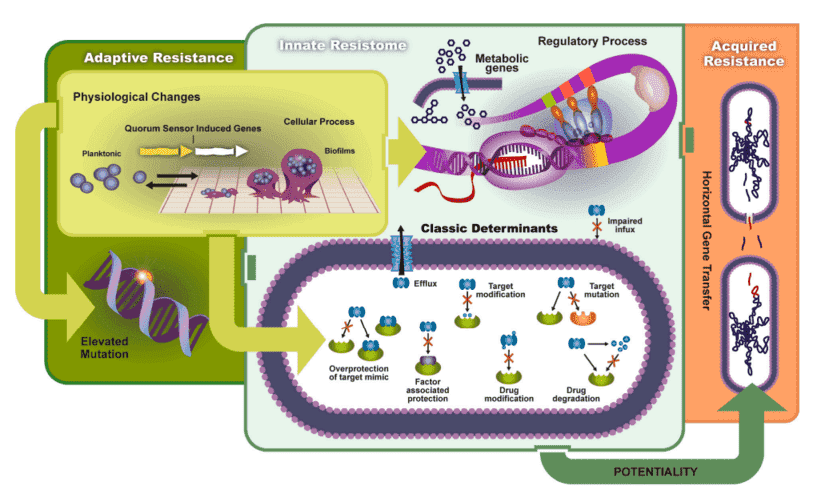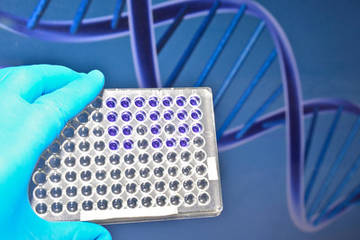
Navigation
- Home
- Services
- Microbial Diversity Analysis – 16S/18S/ITS Sequencing
- Metagenomics
- Microbial Whole Genome Sequencing
- Microbial Identification
- Microbial Characterization
- Microbial Functional Gene Analysis
- Microbial Epigenomics
- Antibiotic Resistance Genes (ARGs) Analysis Solution
- Microbial PacBio SMRT Sequencing
- Microbial Nanopore Sequencing
- Microbial Transcriptomics
- Microbial Bioinformatics
- Other
- Microbial Metabolomics Analysis Service
- Solutions
- Microecology and Human/Animal Health
- Environmental Microbiology Solutions
- Agricultural Microbiology Solutions
- Pharmaceutical Microbiology Solutions
- Industrial Microbiology Solutions
- Microecology and Cancer Research Solutions
- Microecology and Biofilms
- Pathogen Sequencing Solutions
- Environmental DNA (eDNA) Analysis Solution
- Products
- Resource
- Company
- Sample Submission Guidelines


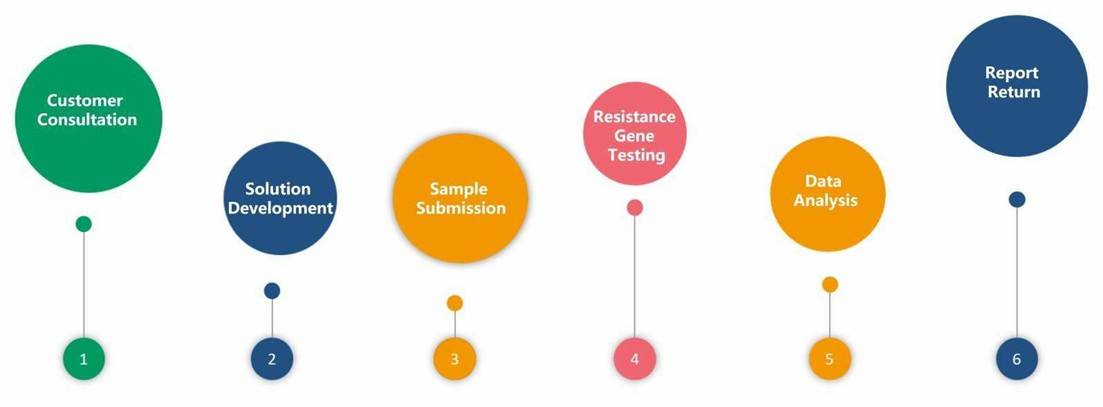
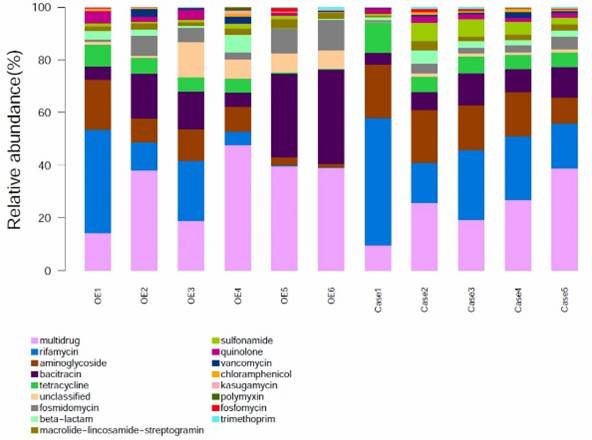
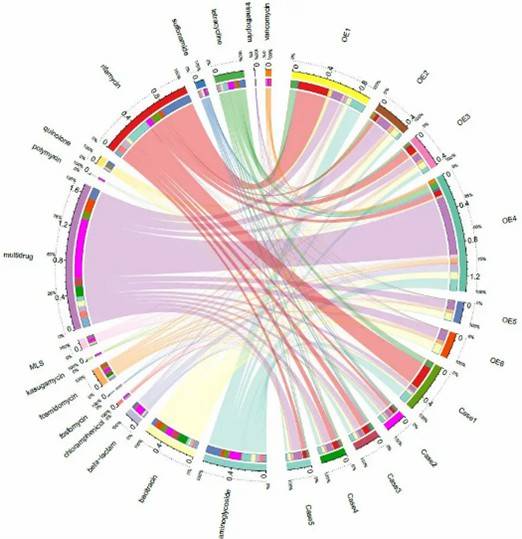
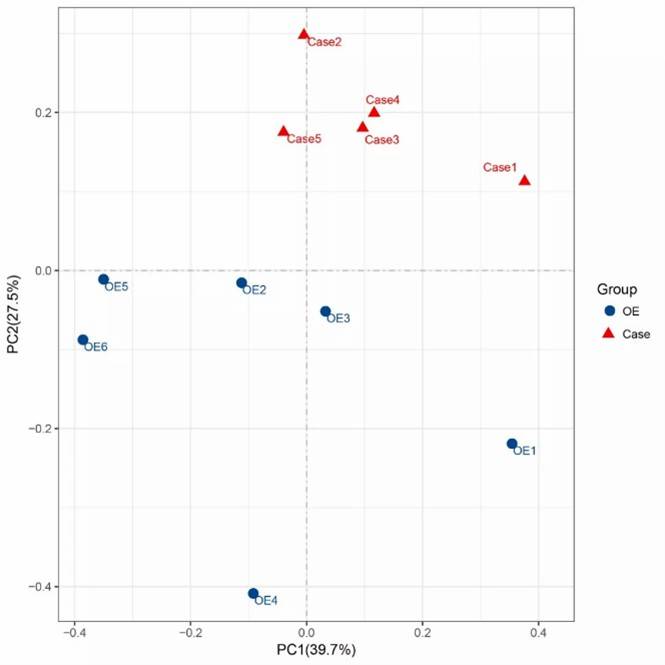
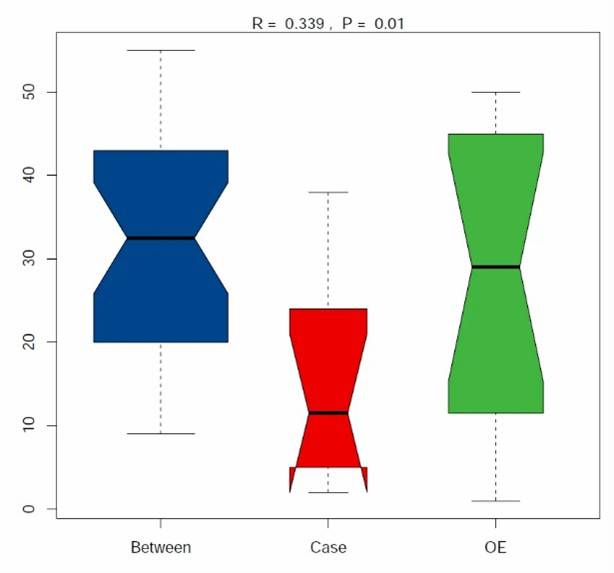
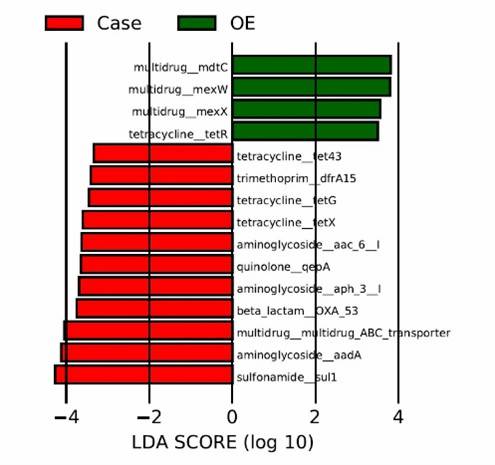
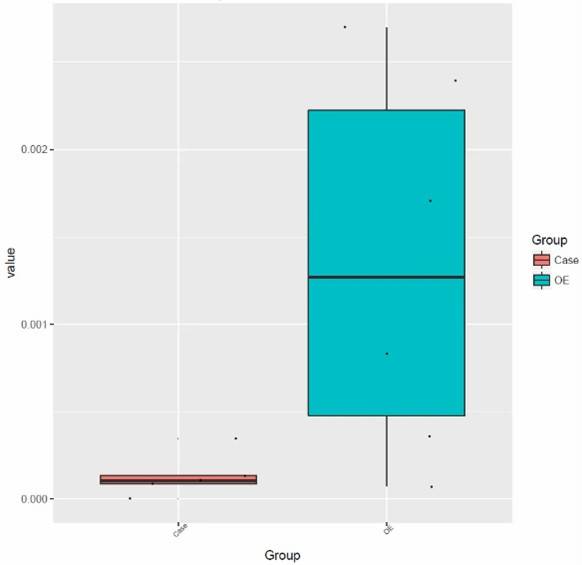

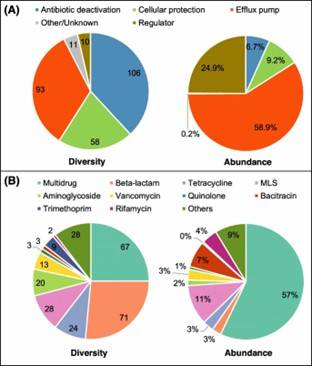 Fig 1. Composition of ARGs and regulator genes in 26 soil metagenomes.
Fig 1. Composition of ARGs and regulator genes in 26 soil metagenomes.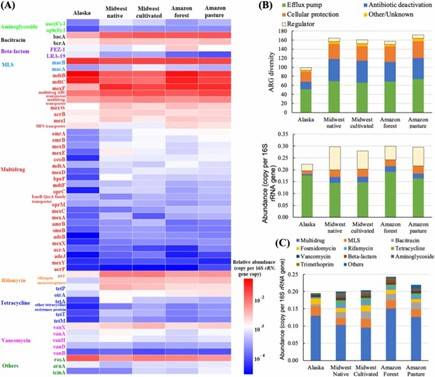 Fig 2. Diversity and abundance and of ARGs among soils of three ecosystems.
Fig 2. Diversity and abundance and of ARGs among soils of three ecosystems.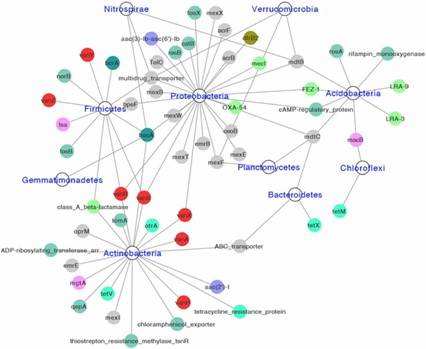 Fig 3. Network showing identified hosts of ARGs at phylum level. Different colors represent different classes of ARGs
Fig 3. Network showing identified hosts of ARGs at phylum level. Different colors represent different classes of ARGs






